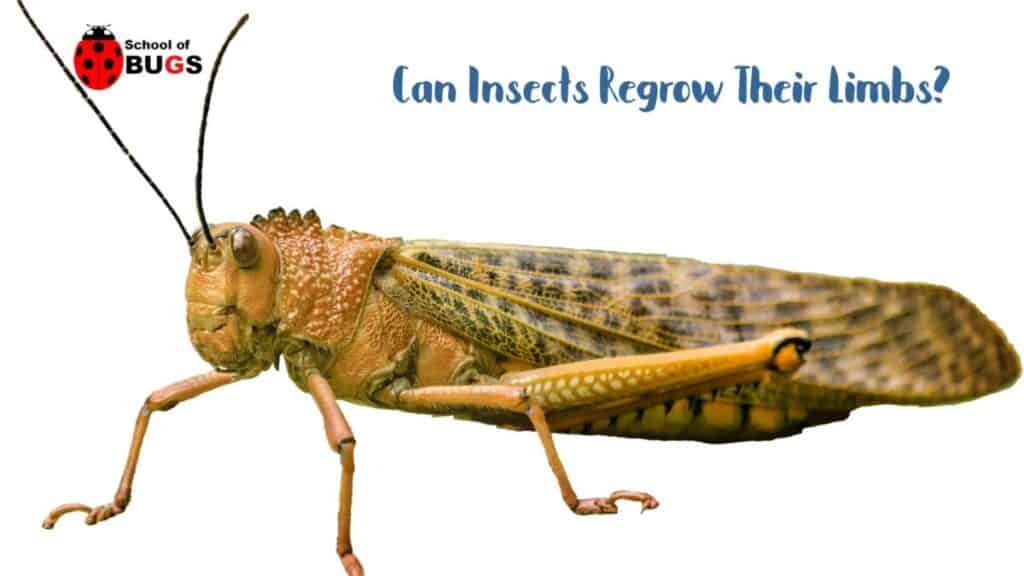
In the wide world of creepy crawlies, there are several insects capable of regrowing their limbs, largely thanks to their relatively simpler biological makeup.
Some simple organisms can regrow their limbs by reorganizing nearby tissue to recreate the damaged part of the body.
More complex animals generally regenerate parts of their body with a specialized bud called a blastema at the site of the amputation that supplies the necessary tissues for regeneration.
- What causes limbs to regrow?
- What makes different insects regrow limbs?
- Why can’t humans regrow limbs?
How Do Insects and Other Organisms Regrow Limbs?
The ability to regrow limbs is certainly one of nature’s finest achievements and a marvel to behold.
Several animals, including sea stars, crabs, some fish, and salamanders are capable of regenerating certain parts of their bodies, including limbs, tails, eyes, and, in some cases, internal organs.
Insects such as stick insects and cockroaches are also capable of this feat, although the process tends to be different, given the complexity of their biology.
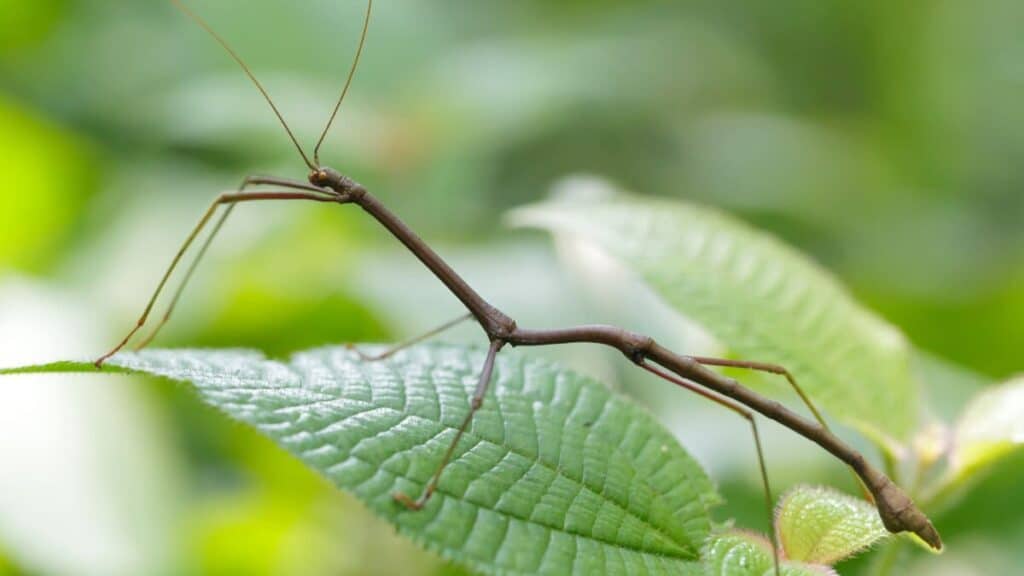
The manner of regeneration also varies in the animal kingdoms, and regrown body parts don’t always reflect the same biological features as the original.
Tadpoles, for example, can regrow their tail, but only to half of their original length. Geckos and lizards, similarly, can regrow their tail with cartilage rather than the original vertebrae in the original.
This regenerative process is still impressive nonetheless and in more complex animals, comes down to the abundance of activatable embryonic stem cells in the body.
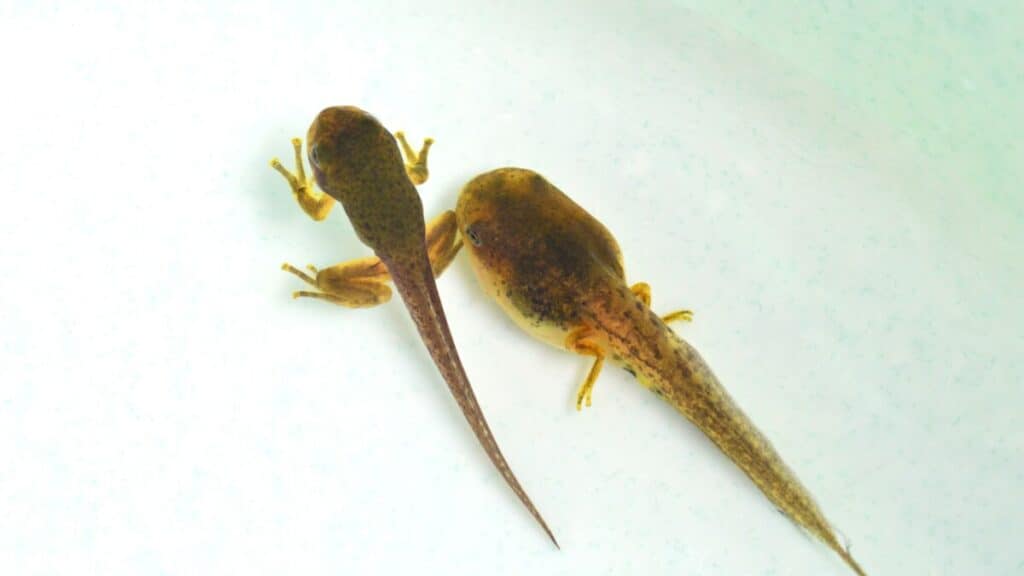
These cells are highly versatile, have not yet been assigned to any specific function, and can potentially become any type of cell, including bone cells, muscle cells, or nerve tissue.
Creatures capable of regenerating new parts essentially have some spare embryonic cells on hand that they can use to mold a new limb, tail, or another body part that has been damaged.
These cells are instructed to function as stem cells when a body part is damaged and can replicate the missing piece.
What Insects Are Capable of Regrowing Limbs?
Several insects can partially or fully regenerate missing limbs, including the following:
- Cockroaches
- Grasshoppers
- Stick insects
- Lady beetles
- Spiders
Cockroaches
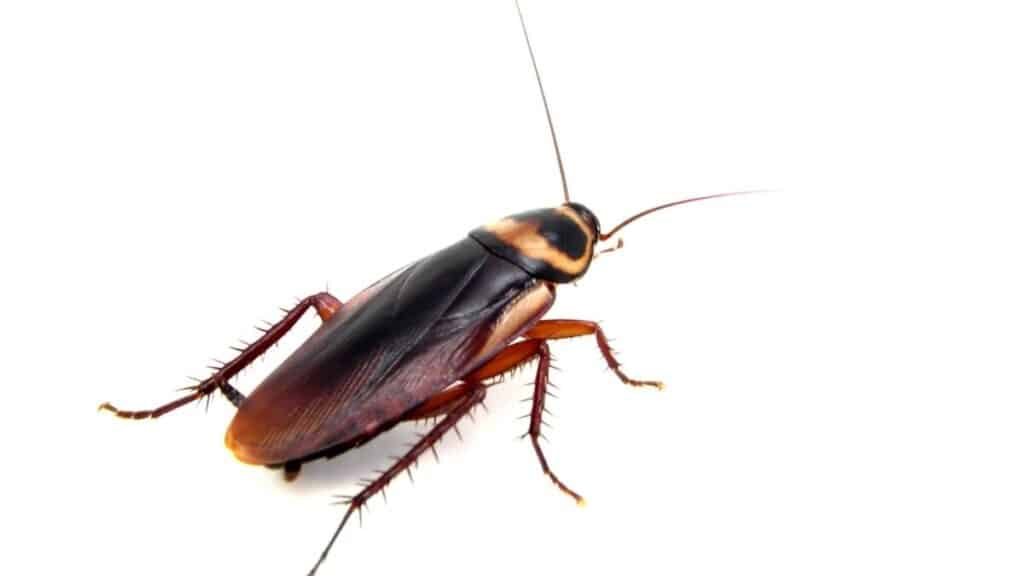
Already a veritable superhero among household pests, the cockroach’s resilience knows no bounds. They are almost impossible to kill, have an incredible sense of smell, produce their own antibiotics, and—oh, of course, they can regrow lost limbs.
It’s all thanks to their DNA, as determined by Chinese researchers in the journal Nature Communications. The American cockroach (periplanta Americana) has a genome similar to termites (fellow limb-regrowers).
During their nymph phase, their genetic pathways provide the incredible capability to regenerate limbs. Thanks to the complexity of their DNA, the body ‘remembers’ how to rebuild a limb, allowing signaling pathways to instruct the nerves properly to rebuild limb tissues.
Unlike popular folklore suggests, roaches cannot regrow their heads. This myth likely stems from the fact that roaches can survive for weeks without their heads (pretty creepy stuff). Regrowing legs, on the other hand, is no problem for this nightmarish insect.
The growing happens during the molting cycle, with the new limb being formed and fully grown throughout several molts and proving to be just as strong as the original.
Extensive damage to the area can limit a cockroach’s ability to regenerate limbs, and highly traumatic injuries may be unrecoverable.
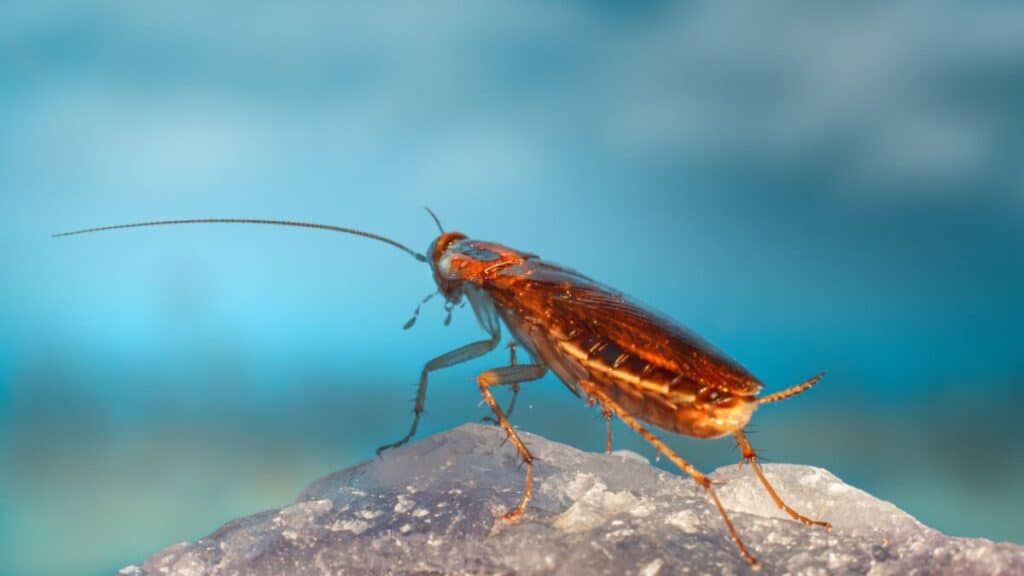
In general, the roach’s capability to regrow limbs and the speed at which it does so is dependent on the species of roach, how the limb was lost, and how many limbs were lost.
What makes this process even more amazing (and gross, to be sure) is that roaches can shed their limbs at will to escape stressful situations.
When a roach detaches its leg, it’s usually done at the femur joint, leaving a small coxa stump still connected to its body.
Fascinatingly, when a roach loses its leg due to some trauma, such as a predator ripping off the leg, the coxa stump goes too.
These coxa-cut limbs, as they are referred to, make regeneration much more difficult since the area above the femur joint is damaged.
In this case, the roach needs to regrow the following:
- The coxa itself – Regrowing at the same rate as the nerves and muscles, a damaged coxa tends to dramatically slow down the regeneration process.
- Nerves – Nerve tissue is time-consuming to reproduce and will take additional time.
- Muscles – Regrowing muscles take the roach a considerable amount of time, especially if the leg was not willingly shed.
Shed limbs generally regenerate at 75% of their original size, while torn limbs may only be 30% of the original time.
Similarly, the number of repairs to the coxa needed delays the regeneration process, to the sum of 12 weeks, before the roach can start molting and regenerating the limb.
Grasshoppers
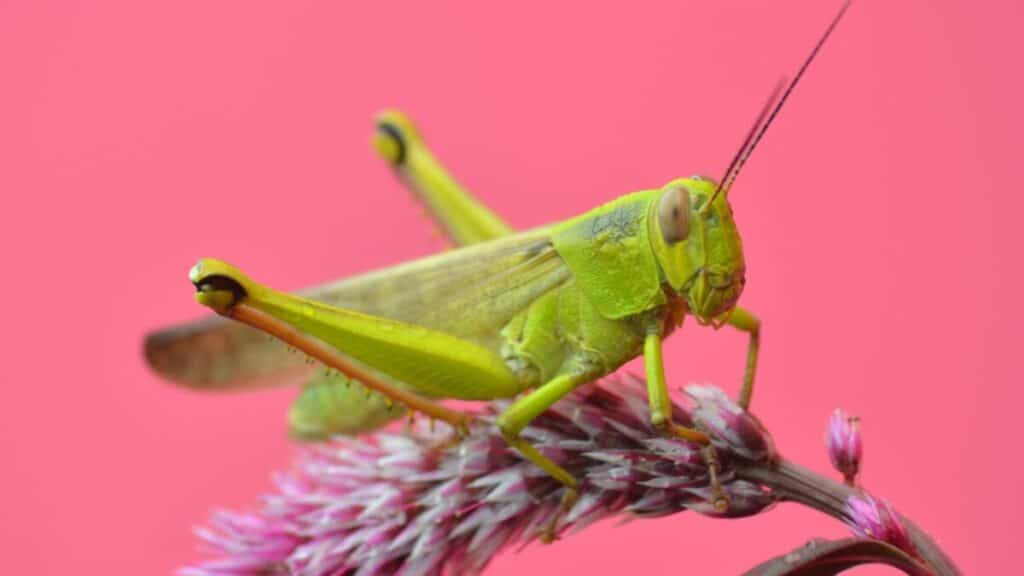
Grasshoppers operate by a similar principle: they are extremely resilient during their growth spurt and are capable of regrowing limbs during molting.
If they lose their limbs near the end of their molting cycle or as an adult, they will not be able to regenerate them properly and may have to live leglessly.
While flying with uneven weight might prove more difficult, grasshoppers can still get around with a missing limb and can still survive in the wild.
Of course, a less agile and immobile grasshopper is more susceptible to predators and starvation. In addition, since grasshoppers use their legs to make mating calls, a legless grasshopper’s prospects are slim.
Stick Insects
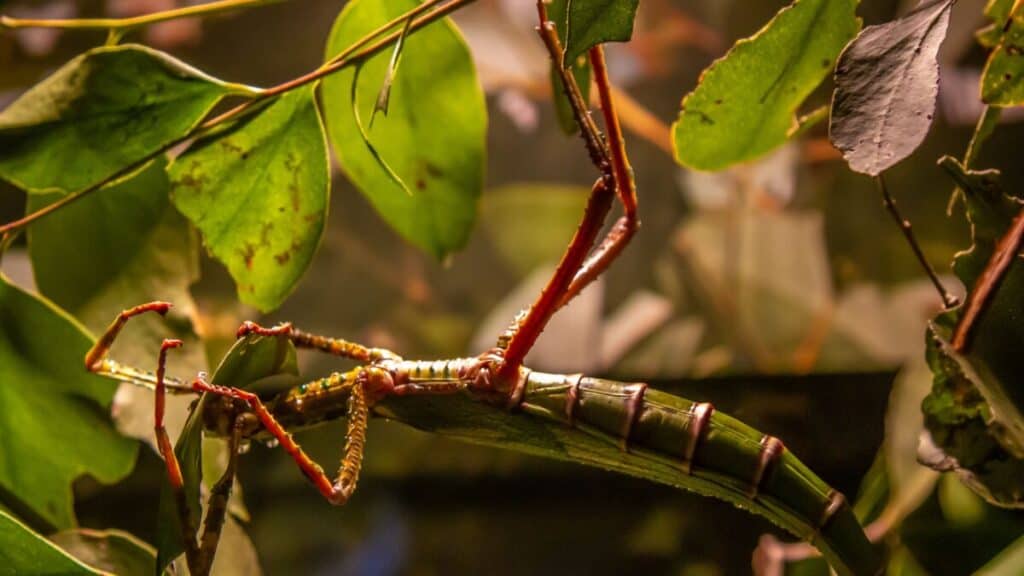
Stick insects have several defense mechanisms that can help reduce their chances of predation, including playing dead, disguising themselves as twigs, and regurgitating a gross substance to discourage predators.
Chief among these defensive mechanisms is limb regeneration. Stick insects can autonomously remove their limbs at a predesignated weak point should a predator grab hold of it.
This willful leg breaking is accomplished by using a special muscle that will detach the leg by striking it at a certain joint.
Juvenile stick insects are capable of regenerating this missing limb through the familiar process of molting, bringing the leg back to its former glory.
Unlike adult grasshoppers, stick insects do not necessarily lose their ability to regenerate limbs once they hit adulthood and stop molting; on the contrary, adult stick insects are sometimes able to force themselves to molt to regain a lost leg.
Lady Beetles

The question of why limb regeneration persists in some species is fascinating to entomologists, and lady beetles are one prime example of a species capable of regrowing limbs and doing so exceptionally.
Entomology professor J.P. Michaud took this question into a study with the goal of evaluating just how effectively lady beetles could regenerate limbs.
His findings were published in the Annals of the Entomological Society of America. In the study, Michaud raised colonies of several lady beetle species across the U.S., Brazil, China, Iran, Egypt, and the Czech Republic.
The researchers used a Limb Regeneration Index to establish how completely a limb was regenerated, if at all, and how the regrowth of a limb negatively affected the pupal stage or adult body mass of the insect.
The results were astounding, with nearly 100% of the beetles in both studies, Coccinella septempunctata and Harmonia axyridis, showing some capacity for regeneration.
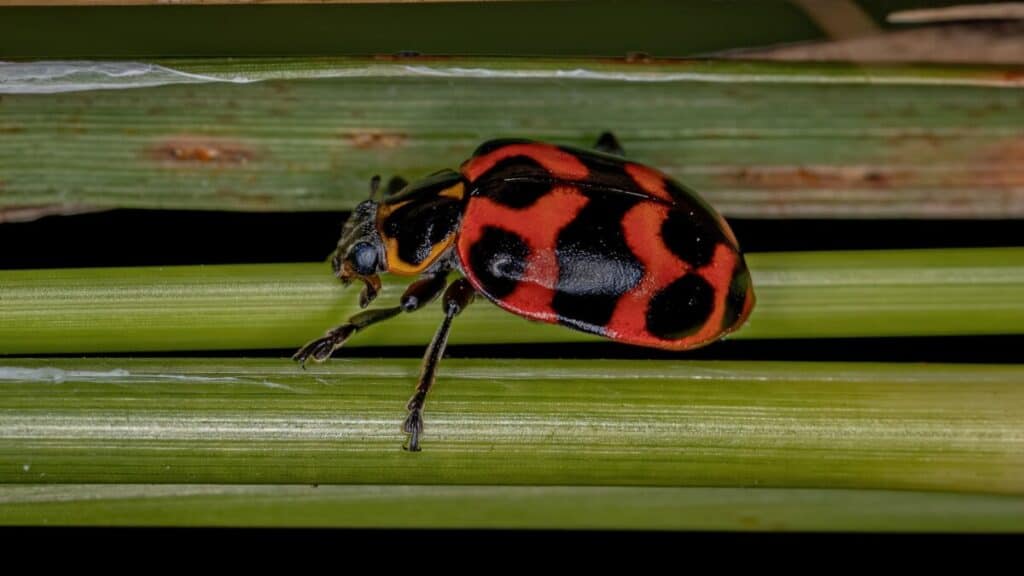
The only negative effect the lady beetles seemed to experience was a prolonged pupal development period.
Interestingly, the invasive species of lady beetles evaluated proved to have better success in regenerative limbs quickly and without disruption to their life cycle, which goes in line with the theory that invasive species generally have aggressive traits, compete for resources, and dominate their ecological environments.
At any rate, the survivability of lady beetles is a positive sign for the future of pest control, since lady beetles are carnivorous and will feed on common crop pests.
Spiders
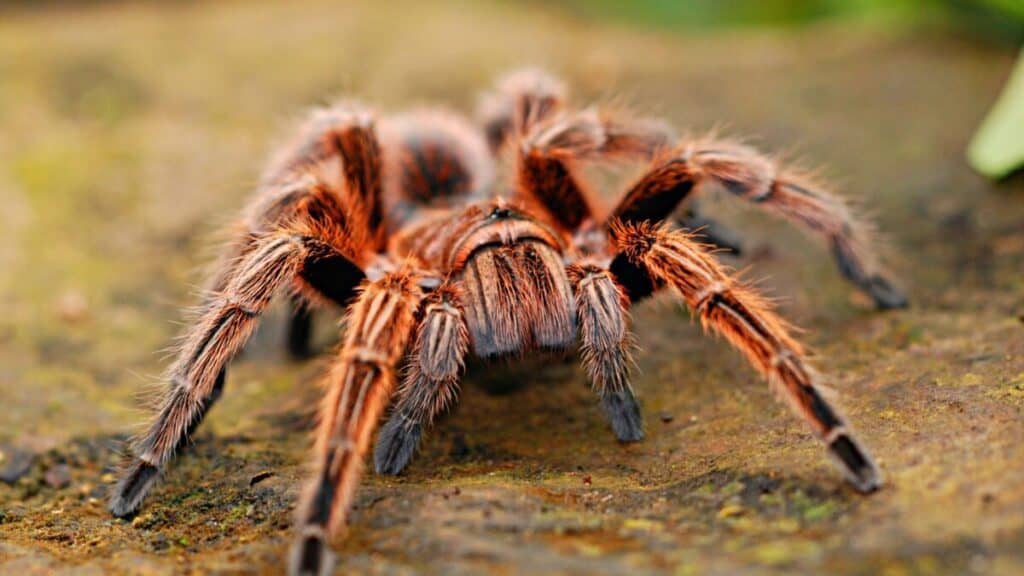
As if the creepy crawly no one wants in their home wasn’t ominous enough, spiders can regrow their legs when they molt.
Their hydraulically pressured legs make them capable of enormous leaps, but during mating, molting, or in fights with other spiders, they may lose one of their legs.
These legs will regenerate when the spider next molts, generally smaller than the original limb, but designed to functionally replace it nevertheless.
Much like other insects, young spiders are generally better able to handle losing a limb because they are still growing, and thus going through the molting process more often.
The process of regrowing a leg can take several days to several months, depending on the age of the spider and the extent of the damage.
The most likely circumstance is that a spider is losing their limb during the natural molting process
Why Can’t Humans Regenerate Limbs?
All organisms, humans included, are capable of regeneration in one form or another. The process is a lot simpler in simpler organisms like plants, unicellular organisms, and yes, even some insects.
Mammals are capable of regenerating skin, muscle, and blood cells, and humans in particular are adept at rebuilding bits and pieces of the stomach lining. More complex structures like limbs, on the other hand, are a whole different story.
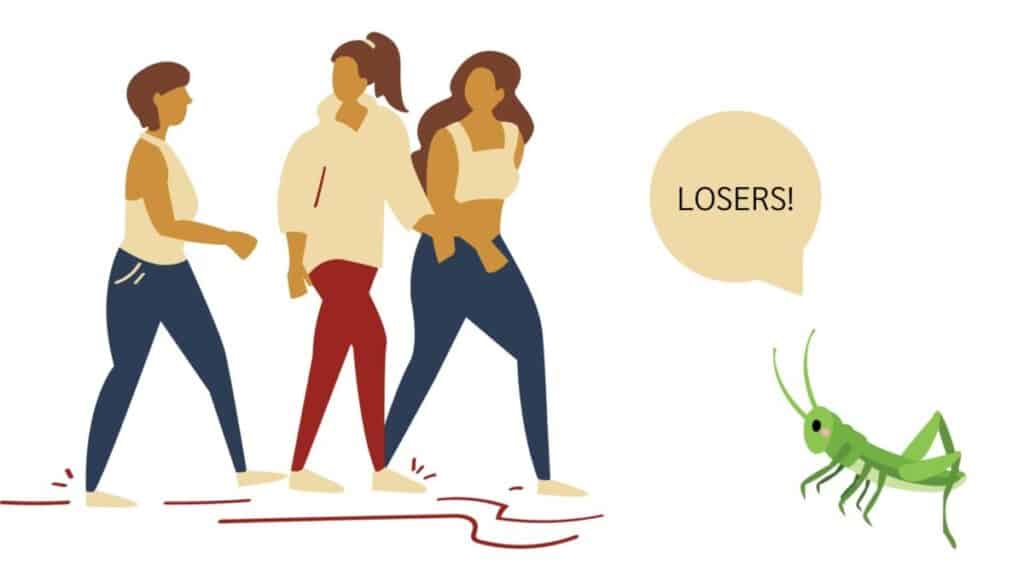
In theory, it’s possible for humans to regenerate body parts. In fact, a lot of modern medicine is designed to help the body repair itself, such as fingertips being able to repair themselves if cells under the nails are intact.
Bones, too, can knit themselves back together if the pieces are rejoined with a cast or screw. Even internal organs like the liver can repair damaged parts over time.
Limb regeneration, however, is much more complex and not in a human’s biological makeup. For a limb to regenerate, adult stem cells must be specialized to form bones, muscles, nerves, and blood vessels.
Human bodies simply don’t mobilize stem cells in this way, even though this process occurs with the skin every day when old, dead cells are replaced with new ones.
Final Thoughts
Many different insects can regrow their limbs, usually during molting. Some insects, like roaches and stick insects, are able to detach their legs autonomously if they are in distress trying to escape a predator.
Others likely lose them during the natural molting process. As a general rule, insects start to regenerate their limbs when they molt, and the regeneration process can take anywhere from a few days to several months.
Alright, that’s it for this article, here are a few hand-selected articles that you might also find interesting reads:
What are the Largest Insects in the World?What Insects Drop Their Wings? Key Facts To Know
Everything You Need to Know About Bugs and Your GardenWhy Don’t Insects Drown? the Quick Answer
Recent Posts
Tiny Black Bugs in Bathroom NO WINGS: What They Are and What to Do!
Finding tiny black bugs in your bathroom can be uncomfortable, to say the least. Especially if they are persistent, or they appear in very large numbers, which they often like to do. When it...
Tiny Black Bugs in Plant Soil - What Are They & What To Do About It
A short horror story: You get a new houseplant. You do your best to take care of it. You’ve ensured that it has the right soil, the right amount of sun, it gets enough water. And then one day, you...

